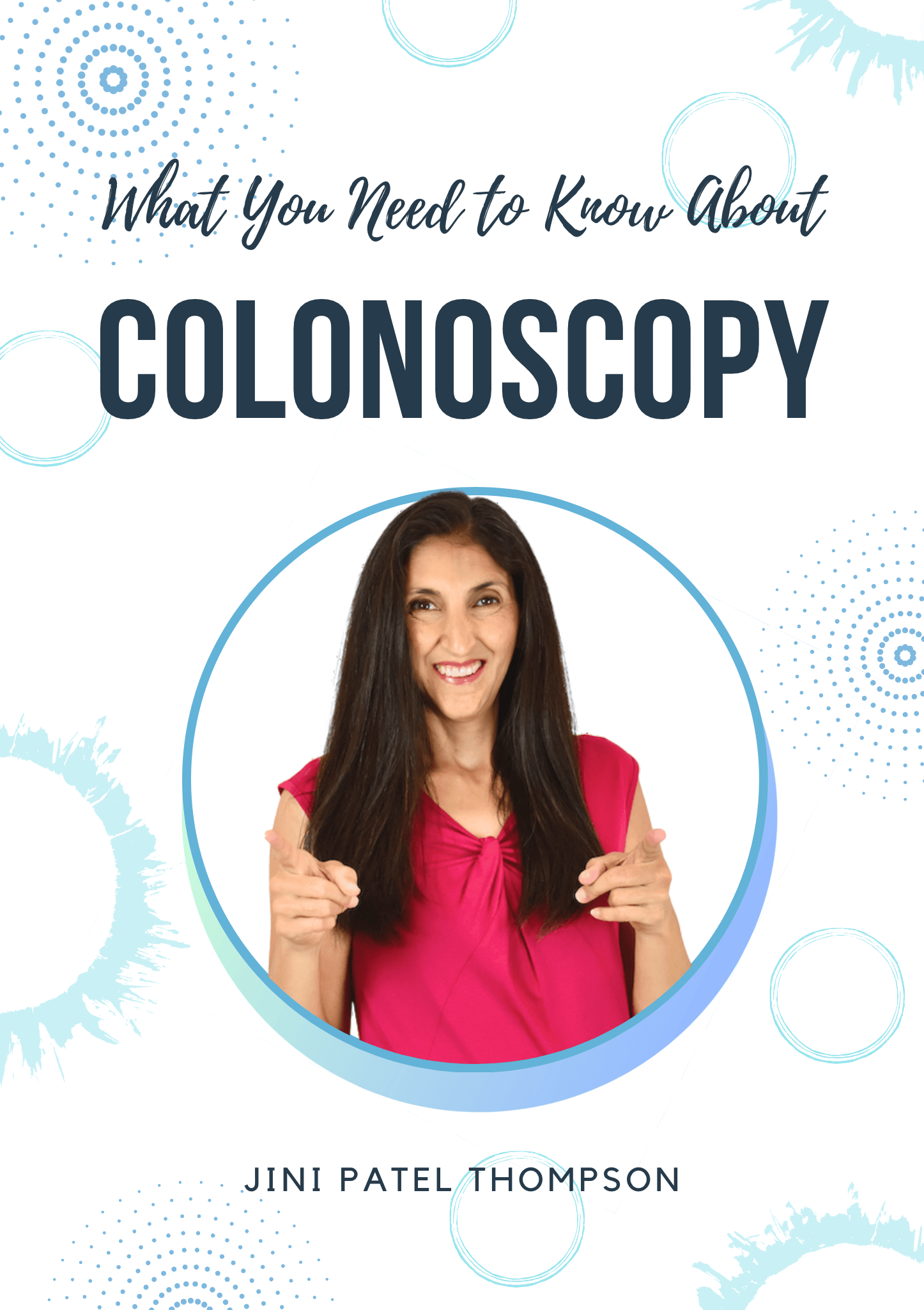
What You Need To Know About Colonoscopy (eBook)
This eBook outlines the risks involved with supposed routine colonoscopies. This is data that even your doctor is unlikely to know – yet all of it is from peer-reviewed medical publications. For those times when you simply must have a colonoscopy, I tell you how to protect your colon before the procedure and how to repair the damage afterwards.
This eBook outlines the risks involved with supposed routine colonoscopies. This is data that even your doctor is unlikely to know – yet all of it is from peer-reviewed medical publications.
Jini Patel Thompson gives you practical guidelines to help you make a decision as to whether you really do need to have a colonoscopy done, or not. She also gives you detailed instructions on:
- A gentler, natural form of colonoscopy test prep
- What to do before a colonoscopy to protect your colon
- What to do immediately after a colonoscopy to prevent infection and repair the damage
- What to do for 6 months following to restore and build up your protective gut flora (good bacteria in your gut)
For example, did you know that:
“A common sterilant for colonoscopes (gluteraldehyde) has actually been proven to cause colitis. If you develop any of the following symptoms within 48 hours of having a colonoscopy, it’s likely the gluteraldehyde residues on the colonoscope are responsible: Cramps and abdominal pain, tenesmus (painful, urgent straining to defecate), rectal bleeding and in some cases, hemorrhaging.”(1)
and
“Human error also plays a big role in colonoscope contamination. One study observed staff responsible for cleaning colonoscopy apparatus for two years running – and their conclusion was: If the staff do not clean the colonoscope properly prior to disinfection, then no matter what sterilization procedure is in place, the colonoscope remains highly contaminated; and after two years of observation, they discovered a lot of evidence of human error.”(2)
Sources:
1. Glutaraldehyde colitis: radiologic findings, By Birnbaum BA, Gordon RB, Jacobs JE, Department of Radiology, Hospital of the University of Pennsylvania, Philadelphia, Radiology 1995; 195:131-134
2. High-level disinfection or ”sterilization” of endoscopes? By Muscarella LF, Infect Control Hosp Epidemiol 1996;Vol 17, Iss 3:183-187
and
Quality improvement in gastrointestinal endoscopy: Microbiologic surveillance of disinfection, By Merighi A, Contato E, et al., Gastrointest Endoscop 1996; Vol 43, Iss 5:457-462
365-DAY GUARANTEE: if you purchase this eBook and it is not helpful, you can always email/phone us for a no-questions-asked, 365-day guaranteed refund!
What You Need To Know About Colonoscopy Table Of Contents
Click Here for the full Table of ContentsAlso available on Amazon Kindle – $1.99
